Paul Klee (1879-1940)
Get a Klee Certificate of Authenticity for your painting (COA) for your Klee drawing.
For all your Klee artworks you need a Certificate of Authenticity (COA) in order to sell, to insure or to donate for a tax deduction.
Getting a Klee Certificate of Authenticity (COA) is easy. Just send us photos and dimensions and tell us what you know about the origin or history of your Klee painting or drawing.
If you want to sell your Klee painting or drawing use our selling services. We offer Klee selling help, selling advice, private treaty sales and full brokerage.
We have been authenticating Klee and issuing certificates of authenticity since 2002. We are recognized Klee experts and Klee certified appraisers. We issue COAs and appraisals for all Klee artworks.
Our Klee paintings and drawings authentications are accepted and respected worldwide.
Each COA is backed by in-depth research and analysis authentication reports.
The Klee certificates of authenticity we issue are based on solid, reliable and fully referenced art investigations, authentication research, analytical work and forensic studies.
We are available to examine your Klee painting or drawing anywhere in the world.
You will generally receive your certificates of authenticity and authentication report within two weeks. Some complicated cases with difficult to research Klee paintings or drawings take longer.
Our clients include Klee collectors, investors, tax authorities, insurance adjusters, appraisers, valuers, auctioneers, Federal agencies and many law firms.
We perform Paul Klee art authentication, appraisal, certificates of authenticity (COA), analysis, research, scientific tests, full art authentications. We will help you sell your Paul Klee or we will sell it for you.
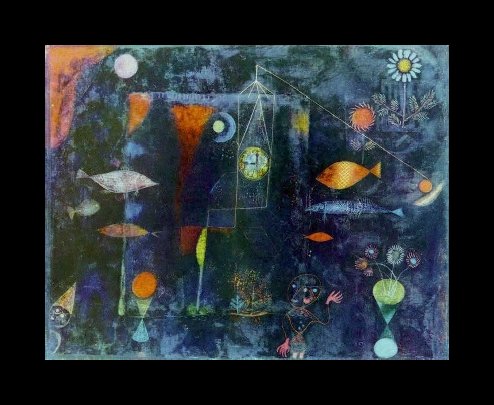
Paul Klee was born in Switzerland and became one of the best loved modern painters of the 20th century. By the time of his death at age 60, he left behind a collection of nearly 9,000 masterworks, many of which sell for millions of dollars. Some art critics try to group him with the Expressionists, the Surrealists or the Cubists, and even child-like Primitive art, but Klee is apart of none of these movements and all of them. He worked in a number of different mediums, often combining oil paints, watercolors and ink in the same painting for an effect that was truly his own.

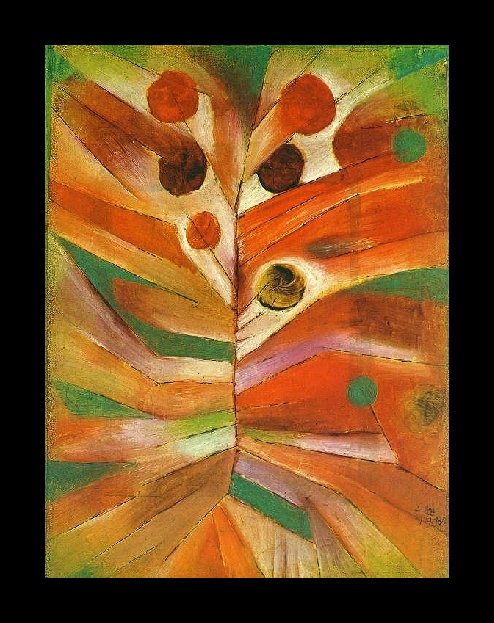
Klee came from a family of musicians and loved music and art equally, but as a teenager was more drawn to the visual arts. This love of music would later be reflected in his art, as well as his love of poetry and dreams.
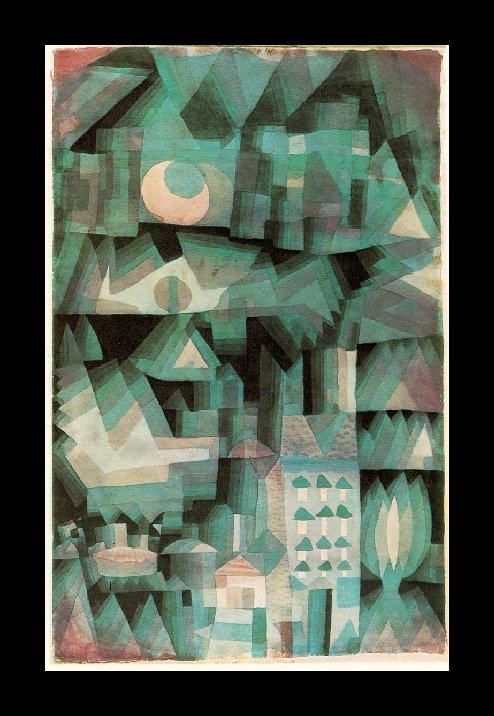

His first studies were under Franz von Stuck at the Academy of Fine Arts in Munich, where he settled and married pianist Lily Stumpf. As a young artist, he was inspired by early Christian art, and was influenced by Goya and James Ensor. Most of his earliest work was ink drawings which were satirical, grotesque and surreal. Klee eventually became friends with other artists like Kandinsky, Jawlensky, Franz Marc and others and eventually became associated with the Blue Rider group.
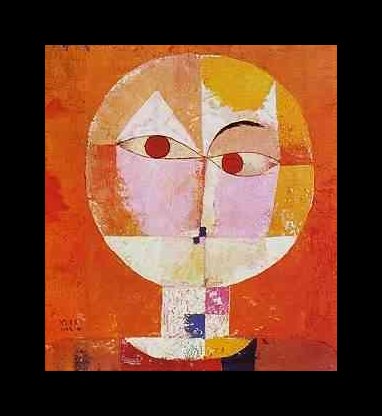
(Not real title)
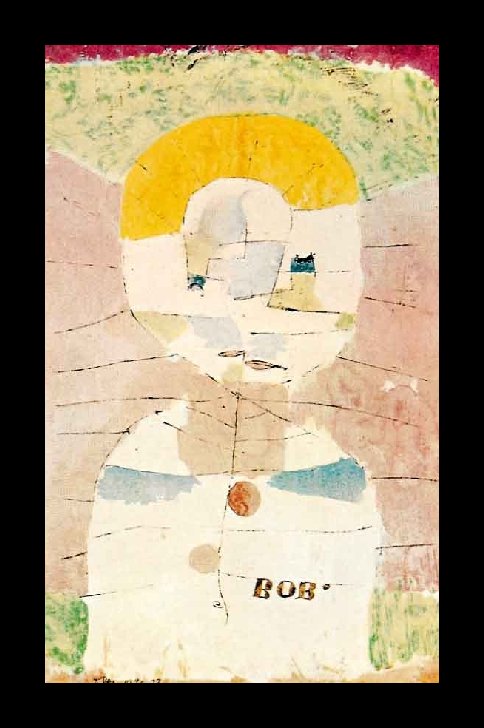

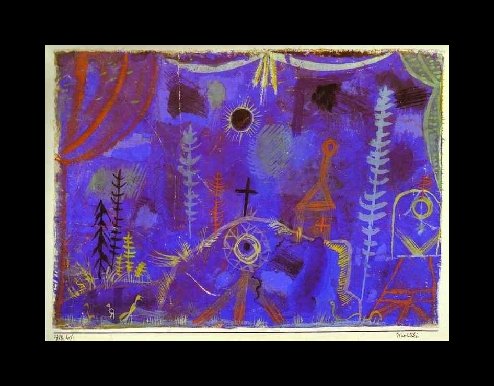
(Not real title)
Throughout his life, Klee would travel around the world from Italy to Egypt, Switzerland, France, Germany and Tunisia, letting his new surroundings inspire him. In fact, it was his journey to Tunisia that opened his eyes to the use of light and color, and he was truly taken with the country’s beauty. After he visited Tunisia, Klee’s use of color was never the same again, and became an integral part of his compositions.
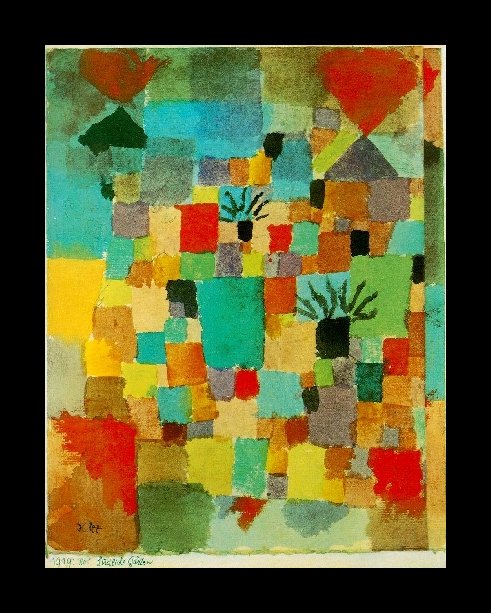

Klee eventually became a leading teacher in the Bauhaus school in Germany, as well as at the Dusseldorf Academy. During this time, he also painted camouflage on airplanes for the German army. However, his work was considered to be “degenerate art” by the up and coming Nazi party in 1933, and they denounced him.
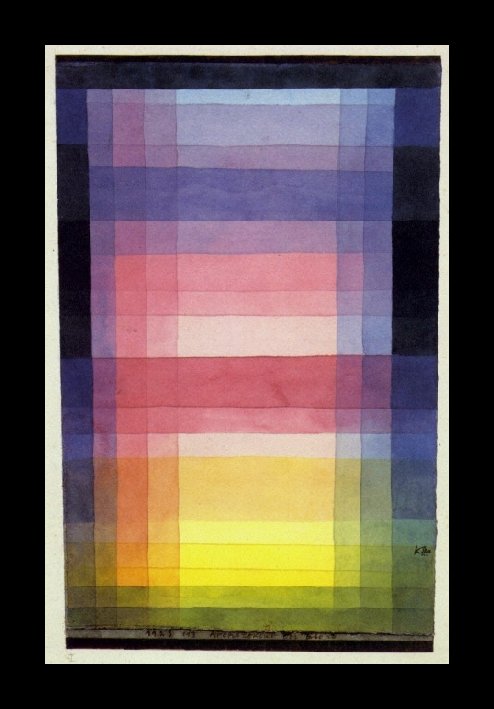
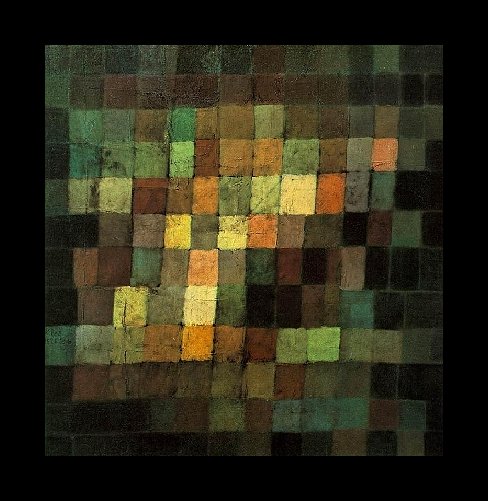
Besides incorporating music, poetry and dreams into his compositions, Klee also often added symbols, letters and numerals into his work. Though generally Klee focused on line and color, he also experimented with mosaic style painting as well.
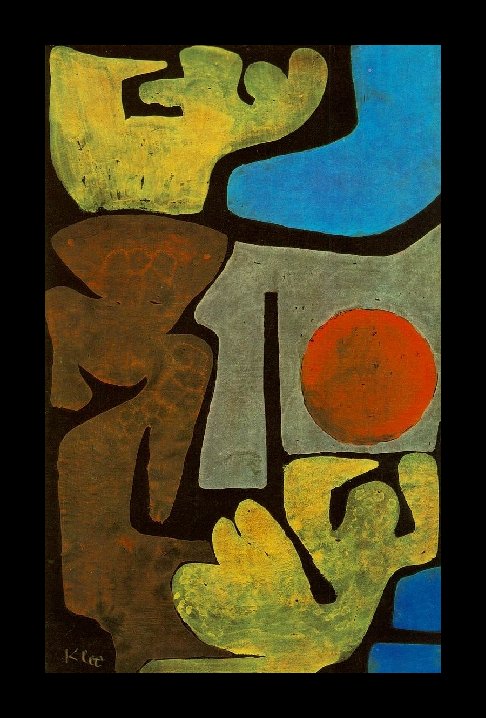


In the last years of his life, Klee moved back to Switzerland where he began to show signs of scleroderma, a rare and chronic disease of the skin. This disease plagued him for the rest of his life, and his struggle with it can be seen in some of these final paintings which are simpler as a result of his failing health.
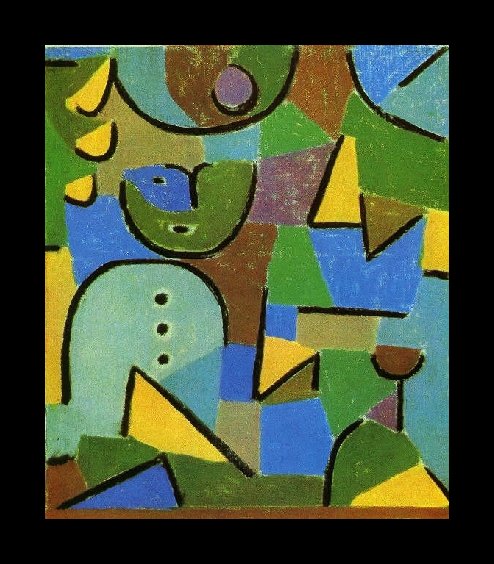
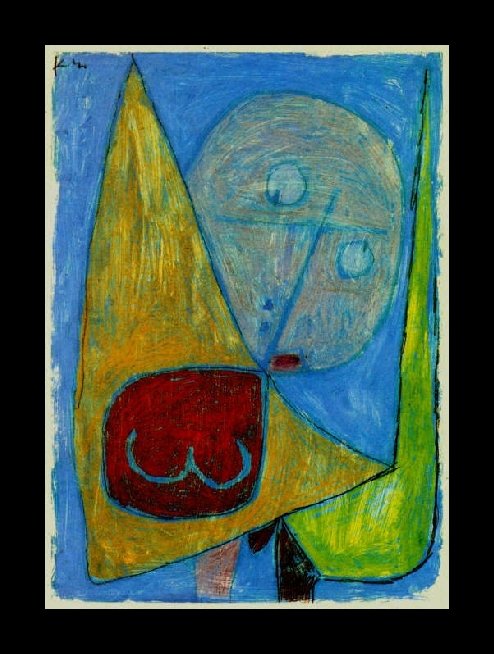
Although today the general body of Klee’s work is housed in modern art museums around the world, it is likely that there are unknown Klee’s still in existence. Because he was so prolific and traveled often and extensively, who knows where a new Klee painting may turn up? Still wondering about an Abstract painting in your home? Contact us…it may be by Paul Klee.
Reviews
1,217 global ratings
5 Star
4 Star
3 Star
2 Star
1 Star
Your evaluation is very important to us. Thank you.
